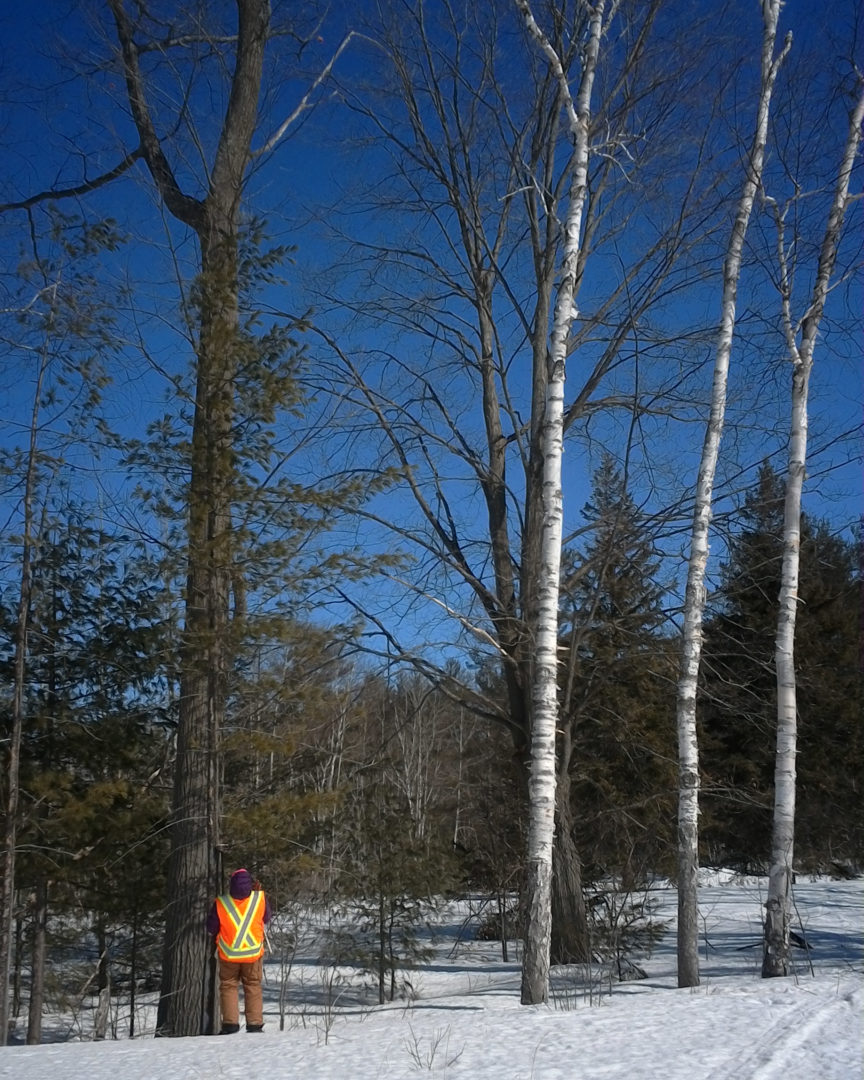A wildland fire assessment may be required by a municipality when considering granting a permit for development in an area that has been identified by the province as at an increased risk to wildfire. The purpose of the wildland fire assessment is to ensure that buildings are not constructed where there is a high risk of wildland fire and to ensure proper fire mitigation measures are planned and enforced to protect the property.


A mitigation plan could involve the removal of trees within a specific distance from the proposed building and the removal of dead and dying trees from a wider perimeter. The assessment may require that certain tree species be thinned out within a wider perimeter to create more openings in the tree canopy that could help slow the spread of a potential fire. The wildland fire assessment takes into consideration the tree species and age within a prescribed area, as well as the degree of thinning or pruning that the trees have undergone, if any. Where young trees have not been properly thinned or pruned, the dead leaves and bark that accumulate on the forest floor may provide what is called ladder fuel. As the name suggests, ladder fuel provides a mechanism for a fire on ground level to climb to the tree canopy and spread. In these cases, RiverStone ecologists can provide recommendations and mitigation measures to minimize the wildfire risk within these designated areas on the landscape.
No. Before requesting that a wildland fire assessment be completed, a municipality will consult provincial mapping that identifies areas of the province as potentially high risk for wildland fire. Where a proposed building or development site is planned for a property within such an area, RiverStone ecologists can conduct a field assessment, which will provide a more nuanced and specific assessment of the actual risk.

A tree inventory is different than a wildland fire assessment. Where a municipality requests that a tree inventory be completed, RiverStone arborists conduct a site visit to catalogue the individual trees on the property by species, size, condition, and health. This information is presented to the municipality, where it is used to inform planning and permitting decisions. Sometimes, a tree protection plan is required.
